So, how do you pull together all the information you have collected when undertaking market research?
First, read through it all, and then take notes from what you have found. I find it helps to arrange it into sections. Depending on what you are researching, these sections might include market statistics, consumer preferences, regulatory, competitor strategies and substitutes, technology etc.
Filter out all the irrelevant or dated info, but be mindful about any vibes about the context in which your product or service operates in. Big picture stuff often dictates individual consumer preferences.
Don’t forget to include visuals. The size of a competitor factory might be 20,000sqm, but a photo of the factory instantly conveys the size, shape, flexibility of operations and type of environment that your competitor has.
Now you can see what market validation info you have.
What themes or ideas keep repeating themselves? Draw the dots and see what emerges.
Is the information that you have up-to-date and future-oriented?
Do you trust what you are reading? Be honest, especially if it goes against assumptions that you’ve made. It could be the difference between success or failure.
Does the information you have come from a variety of sources? Be aware of bias.
What info gaps do you have? How can you fill them?
The above gives you a taste of how to use information to make a sound decision based on trends, facts, and context. Sometimes numbers won't match up or information won't be conclusive, or you just can't find that magic market size number that you desperately need. If you get stuck, just phone (027 4393795) or email Cathy for help.




